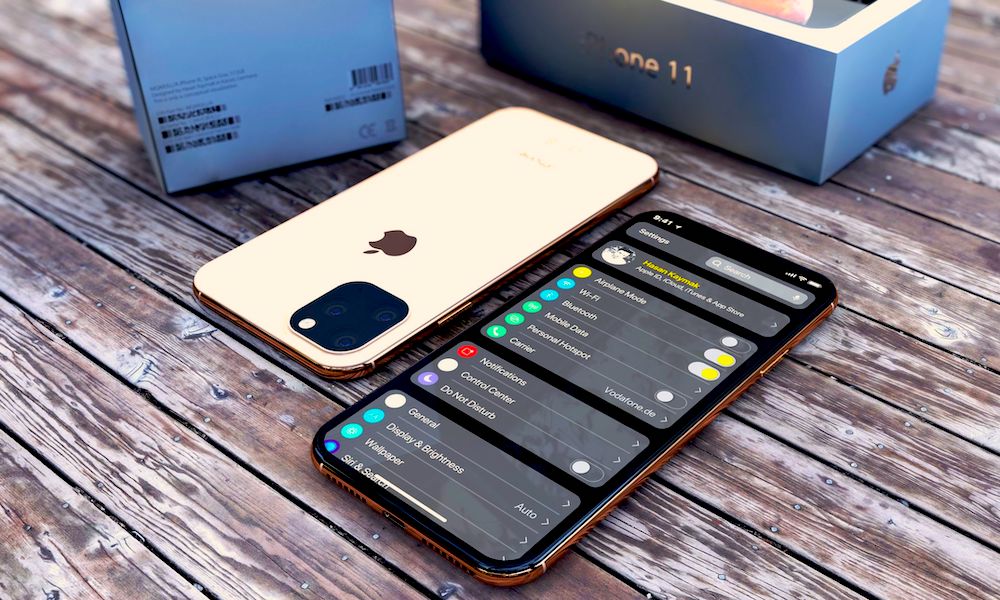What Is Hackvertising and What Does It Mean for Digital Marketers?

September 6, 2018 | Article written by Carly Morris
Hackvertising: though it might look like a typo, it’s actually the latest trend to sweep the advertising world.
We know hackers as computer experts who solve or disrupt programs, which can be good or bad. Hackvertising, on the other hand, is when advertisers identify a social cause or trending topic and insert their brand into the conversation.
Is Hackvertising Right for Your Brand?
Like computer hacking, hackvertising is a delicate matter. If done right, it can be a huge success. If done wrong, it can cause a lot of trouble.
Here are a few key steps to consider if you’re thinking of trying out the strategy:
● Choose Your Hack:
Choose a topic that is relevant, timely, and brand safe. This can be a social cause, a big event, a pop culture phenomenon, or anything else that people are talking about at any given moment.
● Become an Expert:
Whether you’re hacking a political news story or pop culture moment, become an expert on the topic. It’s crucial to know the story front to back in order to intelligently insert your brand.
● Create A Timeline:
Make a plan for when and where to hack. For example, if your hackvertising campaign is aligned with an upcoming event, think about whether it’s best to hack beforehand, during, after, or all of the above.
● Launch Your Campaign:
It’s go time! Now’s the time to launch your hackvertising campaign and closely monitor the conversations surrounding your topic of choice. Keeping a finger on the pulse is essential to recognizing how to continue steering your campaign in the right direction.
● Report Back:
Track impressions, engagements, reach, and overall audience response to understand the impact of your initiatives on everything from brand perception to bottom line financial returns.
A Closer Look at Hackvertising
The best way to understand hackvertising is to look at how the experts are successfully employing the strategy today.
Perhaps the most talked-about hackvertising campaign in recent years has been Burger King’s “Google Home of the Whopper” campaign. Long story short, the commercial featured an employee saying, “Okay Google, what is the Whopper burger?” This then activated viewers’ Google Home systems to read the Whopper’s Wikipedia page live from their living rooms.
This clever campaign was praised by advertisers and media, but Google was not happy and ultimately shut down the ad. Of course, Burger King anticipated this may happen, and had alternative versions of the ad ready to air on the Jimmy Kimmel and Jimmy Fallon talk shows.
As the importance of aligning with a brand’s core beliefs becomes increasingly important to today’s savvy consumers, many organizations have jumped on the hackvertising trend to raise awareness around social matters adjacent to their brands.
American Greetings, for example, reacted to a recent statistic that 1 in 8 couples have trouble sustaining pregnancy. As a result, they launched a campaign called Not Alone, which followed the story of a couple struggling with infertility and showed how a simple greeting card can show support when it matters most.
Of course, there’s a huge abundance of topics that run the gamut from silly to serious which your brand can hack, so take the time to choose one that forms an organic and meaningful fit with your brand.
Determining Hackvertising Opportunities
There are many important factors that play into choosing a topic to hack. However, two key players above all else are relevance and authenticity.
1. Is It Relevant?
It’s important to look beyond our own assumptions. You might predict that a new film is trending, when in reality a bigger political topic is getting more buzz.
The minds behind the Burger King campaigns recommend tools like Trendsmap to stay on the cusp of cultural shifts and to easily determine what topics are worth hacking. These kinds of tools also help map what people are talking about all over the world, so you can find out what’s trending about locally, nationally, or globally depending on your core target audience.
2. Is It Authentic?
When inserting your brand into a conversation, it’s crucial to remember that no one likes forced conversation. Keep it natural!
Pepsi, for example, caught a lot of flak for trying to relate a soda brand to the controversial topic of racial justice protests in the United States. Remember to maintain authenticity, and don’t try to force your way into a topic that is too heavy or too far removed from your brand.
What’s Next?
While the Burger Kings and Pepsis of the world have been fearless with their hackvertising campaigns, other brands don’t always have the gumption or budget to do the same. And that’s ok! Any brand can start small and create a scalable hackvertising strategy that fits your brand’s ethos, budget, and goal.


